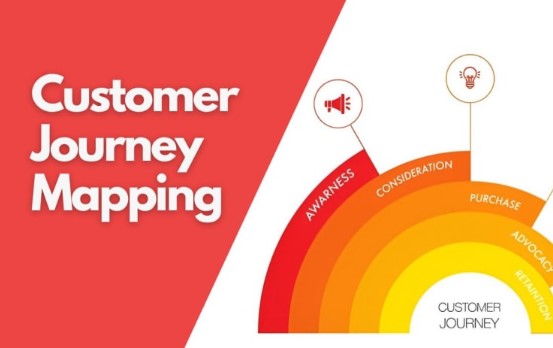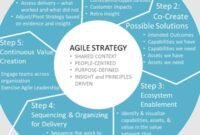Mastering the Business Customer Journey
The business customer journey, unlike a simple purchase path, is a complex, multi-faceted experience. Understanding and optimizing it is critical for sustainable growth and strong client relationships. It encompasses every interaction a customer has with your business, from initial awareness to long-term advocacy. Mastering it requires a strategic approach encompassing mapping, analysis, and continuous improvement.
Mapping the Journey: Unveiling the Touchpoints
Begin by meticulously mapping out the customer journey. Identify all potential touchpoints, both online and offline. These can include website visits, marketing emails, sales calls, product demos, onboarding processes, customer service interactions, and even social media engagements. For each touchpoint, consider the customer’s perspective. What are their needs, pain points, and expectations? Document the emotions they might be experiencing and the questions they might be asking.
Analyzing the Data: Identifying Friction Points
Once you have a comprehensive map, analyze the data. Use analytics tools to track website traffic, conversion rates, and customer engagement. Gather qualitative data through customer surveys, interviews, and feedback forms. Look for patterns and trends that reveal friction points in the journey. Are customers dropping off at a particular stage? Are they complaining about a specific aspect of your product or service? Identify the root causes of these issues and prioritize them based on their impact on the customer experience and business outcomes.
Optimizing the Experience: Streamlining and Enhancing
With a clear understanding of the pain points, you can begin optimizing the customer journey. Streamline processes to reduce friction and improve efficiency. Enhance touchpoints with relevant and engaging content. Personalize the experience to meet individual customer needs. Provide proactive support to address potential issues before they arise. Implement technology solutions to automate tasks and improve communication. Focus on creating a seamless and consistent experience across all channels.
Building Relationships: Fostering Loyalty and Advocacy
The customer journey doesn’t end with the initial purchase. Focus on building long-term relationships with your customers. Provide ongoing value through excellent customer service, regular communication, and exclusive offers. Encourage feedback and actively listen to customer concerns. Empower your employees to go the extra mile to exceed customer expectations. Turn satisfied customers into loyal advocates who will recommend your business to others. A strong customer relationship is built on trust, communication, and a genuine commitment to their success.
Continuous Improvement: Adapting to Evolving Needs
The business landscape is constantly evolving, and so too must your customer journey. Continuously monitor performance metrics, gather customer feedback, and adapt your strategies accordingly. Stay informed about emerging technologies and trends that can enhance the customer experience. Regularly review and update your customer journey map to ensure it accurately reflects the current reality. By embracing a culture of continuous improvement, you can ensure that your customer journey remains optimized for success.




